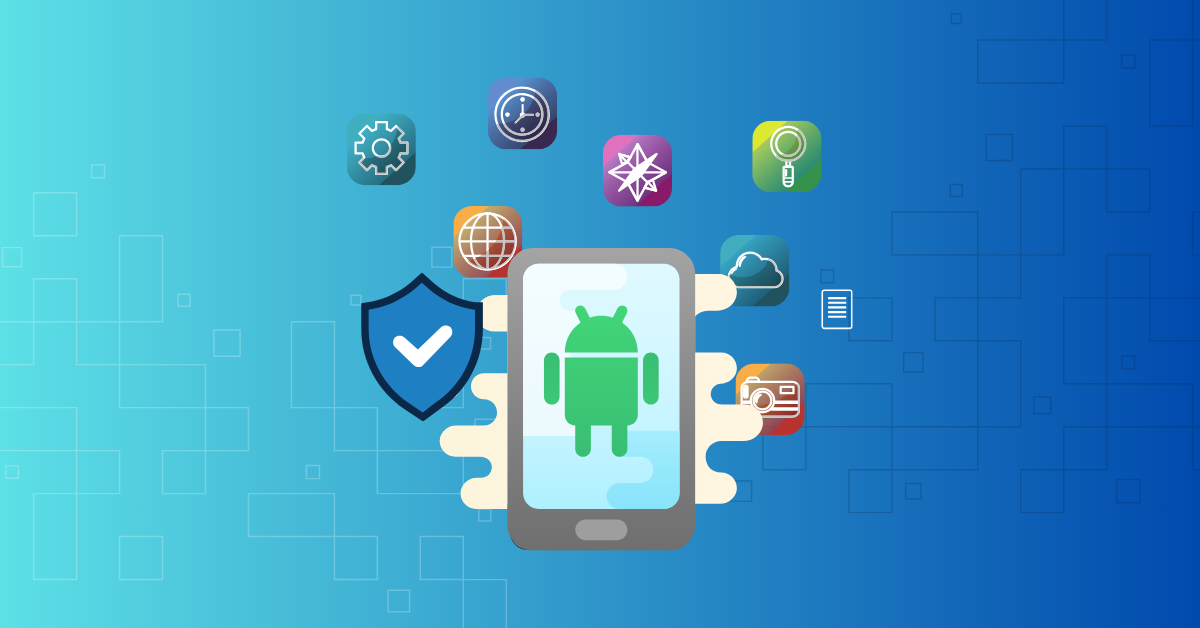
Android is by far the most popular OS on Earth. Android powers over 75% of tablets and smartphones for over 2.5 billion users. But Android’s popularity means users face a greater level of threat. Some 87% of Android devices have serious security vulnerabilities.
To combat security threats, developers must incorporate ample security into their Android apps. Below, we’ll explain some methods to secure Android-powered apps. But first a pro tip:
One of the most secure and efficient ways to reduce vulnerabilities is using a smart app protection solution. PreEmptive’s seamless tools harden and shield apps, preventing the likelihood of data breaches and cyber threats.
Why are cyber criminals drawn to Android applications? Popularity is one reason. The more popular an OS is, the more it’s targeted. Also, specific weaknesses allow hackers and malware to enter Google Play Store apps more easily. So, users who forget to update their OS are more vulnerable to bad actors.
Hacking, malware, ransomware, and data breaches are rising, making it a nonnegotiable for developers to implement data encryption and secure coding practices in Android apps. Even basic security measures significantly reduce the likelihood of succumbing to such nefarious behavior as an SQL injection.
Developers must familiarize themselves with obfuscation, encryption, and security techniques, and incorporate them into their Android apps. This way, they can rest easy after releasing their Android apps.
Safe storage is essential for any Android application. Developers need easy paths with intuitive access controls to navigate private third-party libraries and security tools for storing sensitive files. Additionally, developers must design apps to prevent private information storage on public databases.
Don’t assume the onus falls on users. Developers must incorporate security methods that prevent other apps or parties from accessing sensitive data. The Android Application Sandbox feature is critical. This feature allows developers to isolate and regulate apps that store sensitive information, limiting file-sharing access and significantly decreasing the likelihood of unauthorized entry into sensitive files.
Haphazard network communication is a recipe for disaster, especially for Android apps. The apps must be built with a secure network protocol, like SSL, which reduces the amount of exposed personal data within public networks.
Basic steps, like using the Android Keystore system, greatly enhance authorization protection. Once Android securable objects are placed within the Keystore, developers can layer in restrictions. This helps authenticate legitimate users and deny any unauthorized accounts.
Using tools for runtime memory data protection also greatly helps by constantly analyzing code integrity in real time and avoiding instances of tampering and SQL injection.
Reducing the amounts of stored data, or data minimization, helps eliminate user fears of privacy overreaches. It also creates less work for DevOps teams, eliminating the number of redundancies and backups, and allows developers to focus only on real security issues.
Hackers are always looking to exploit data in transit. This is where encryption protocols, like HTTPS or SSH, come to the rescue by creating a protected tunnel as data moves from one device to another.
Data at rest is just in need of protection as data in transit. To secure data at rest, whether within the cloud or on physical servers, developers must emphasize strict classifications according to the data’s sensitivity. This includes strict encryption and tokenization techniques.
Another vital element in securing Android apps is ensuring compliance with data storage, privacy, and protection measures, including:
Android is a wildly popular OS with unique vulnerabilities that app developers must understand to defend their code and diminish threats. Reliable, quick, and robust app security for your Android or Java applications is crucial — and that’s what DashO is all about. Developers around the world depend on it for advanced obfuscation and active run-time checks that keep hackers out of the source code. Want to secure your vital apps and avoid data breaches? Start a free trial today.